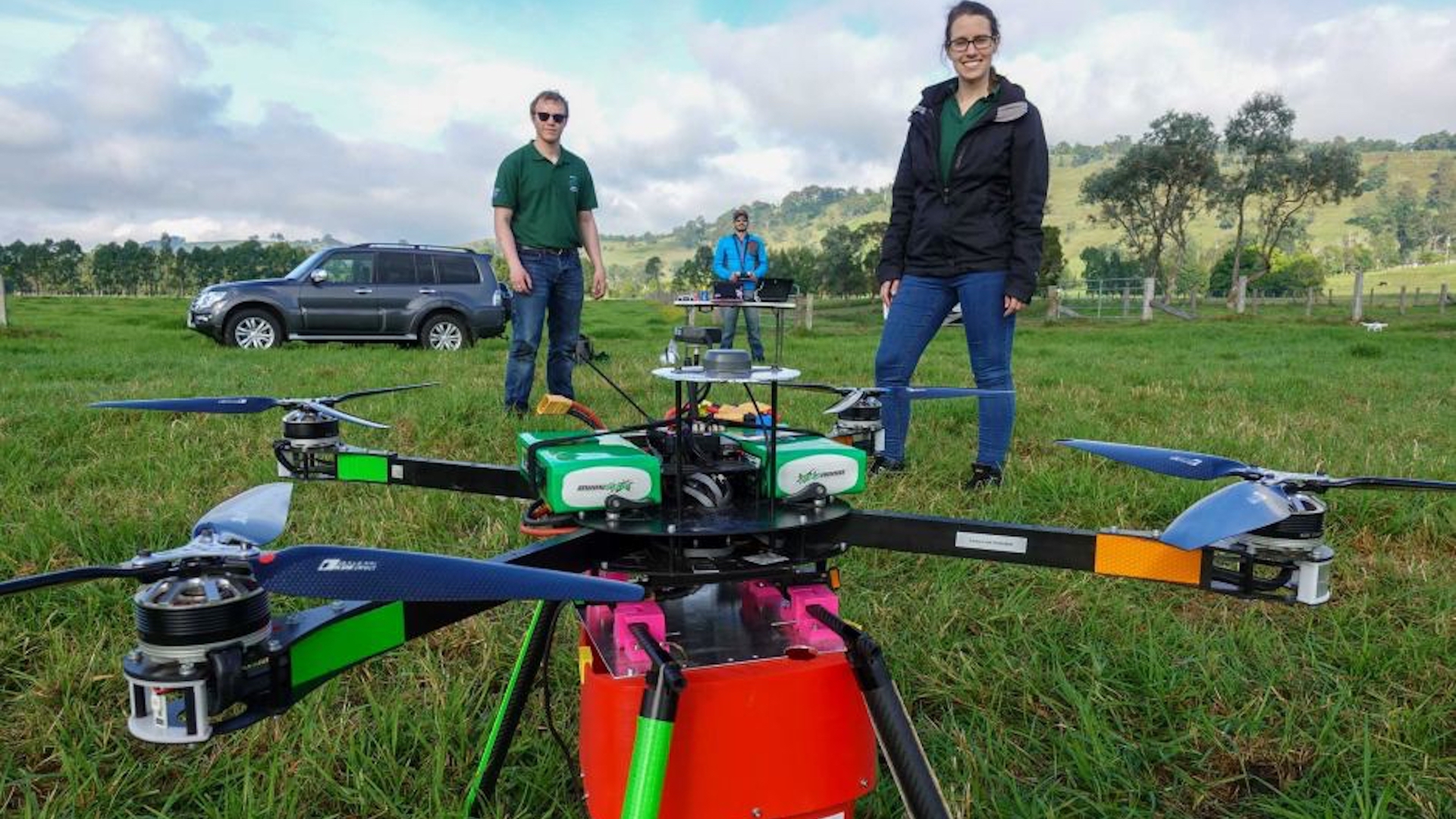

We may earn revenue from the products available on this page and participate in affiliate programs. Learn more ›
Global Warming is a divisive issue when it comes to details, but a unifying one when seen as a macro-issue that affects us all. While one can argue about the exact figures, deforestation is a huge problem when it comes to our planet’s ability to process carbon dioxide into oxygen. Australia’s Dr. Susan Graham is, fortunately, someone who actually cares, and whose interaction with said technology is enabling her to do something about the issue. Thanks to the affordability of unmanned aerial vehicles (UAVs) and Dr. Graham’s desperate urge to tackle the global warming issue head-on, we may soon be able to plant up to 100,000 trees per day, which would be a huge feat in combatting carbon emissions.
The way it works is simple. Two drones come together in order to firstly locate ideal seeding areas and then plant said seeds. That first drone begins by constructing a 3D map of the area and by using its software and specifically designed algorithms, finds ideal sections to use—this is where the second drone comes in. Once the regions deemed most fertile and functional have been mapped out, drone number two takes off into the heavens, fitted with a payload of up to 150 seeds, shooting them squarely at its targets.
BioCarbon Engineering, the company working with Dr. Graham on this, is a vital component of the project. CEO Lauren Fletcher explained how efficient they’ve become at using drones to plant trees, and how far they could potentially go.
“We’re firing at one a second, which means a pair of operators will be able to plant nearly 100,000 trees per day—60 teams like this will get us to a billion trees a year,” Fletcher said, according to ABC.Net.Au.

We’re absolutely thrilled at this concept because it blends the fun opportunities of drone use with the potentially planet-saving missions we can all aspire to. We’ve heard about defibrillator-carrying drones before or UAVs being used to more effectively monitor damages and minimize risk, but this seems like a vastly more effective approach to the overall issue of our planet’s ability to sustain itself. Dr. Graham and BioCarbon CEO Lauren Fletcher are a prime example of how to think about these problems in a functional, affordable, and creative manner.
